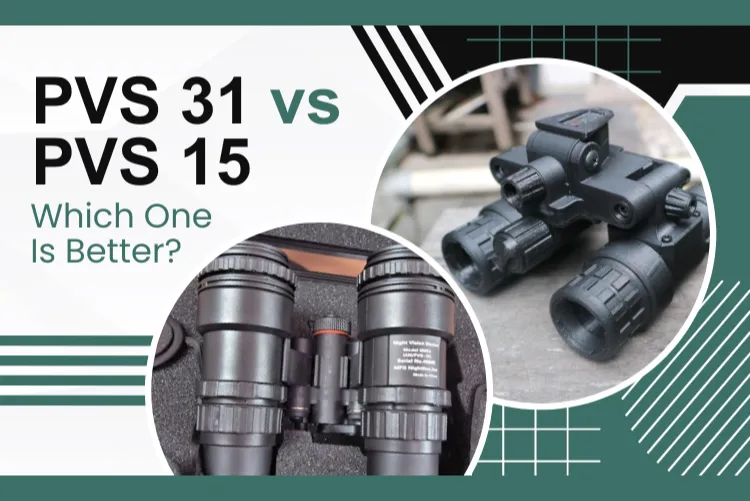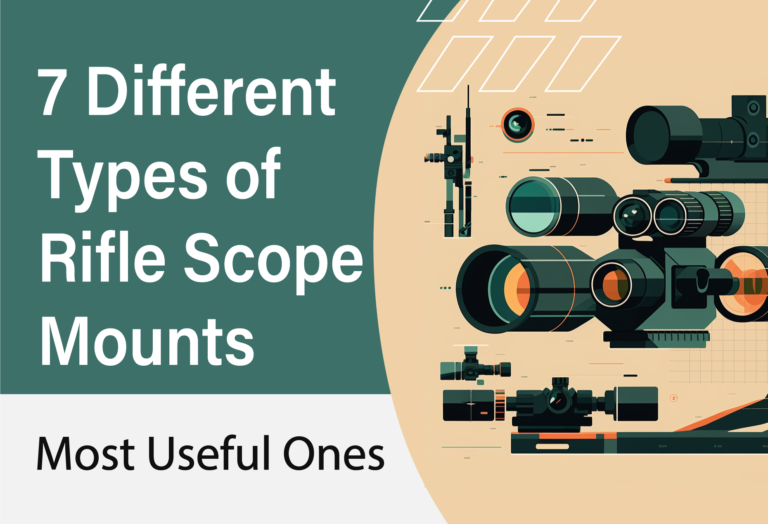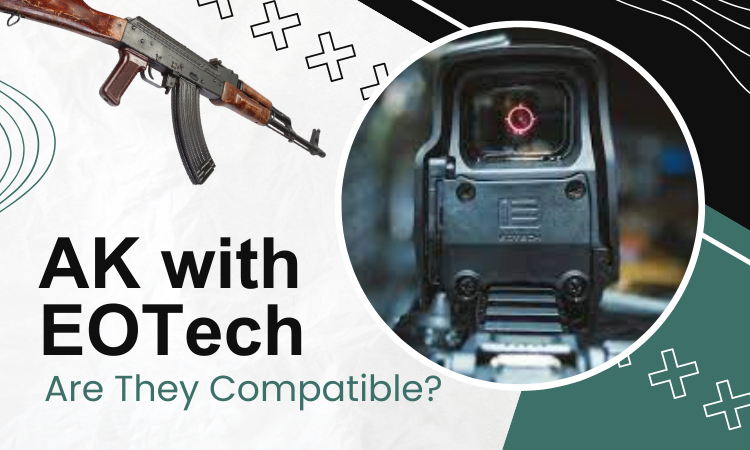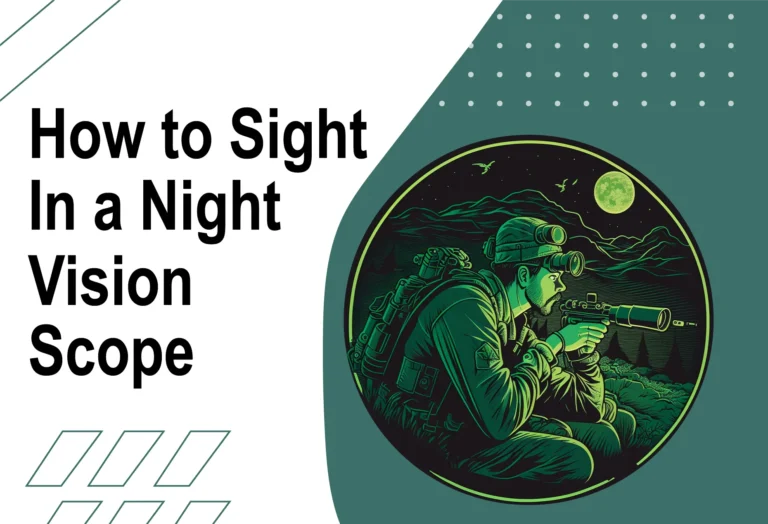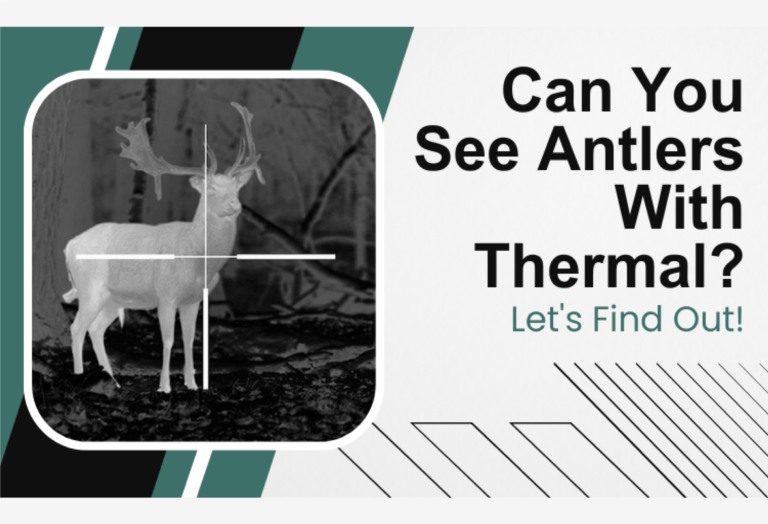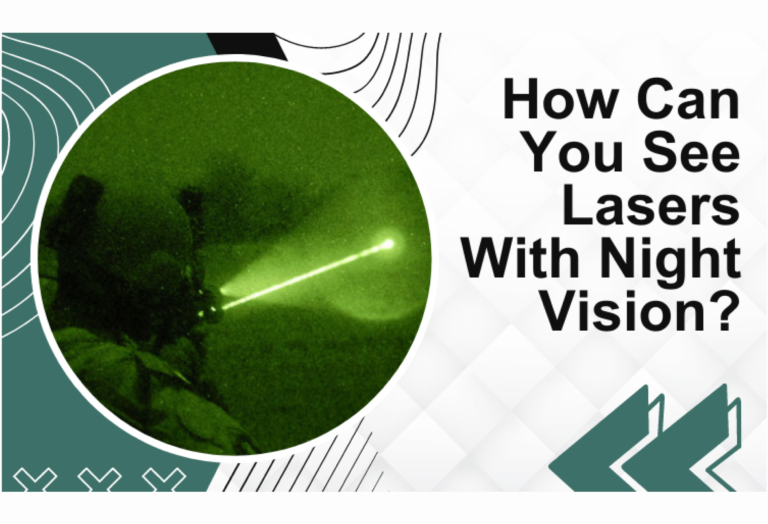PVS-31 vs PVS-15: A Comprehensive Comparison of Two High-End Night Vision Systems for Tactical Operations
Night vision binoculars are widely used among travelers, photographers, hunters, and militaries. Among them, the PVS series is widely used for its high specification.
Two popular choices are PVS 15 and PVS 31. But which one is better between PVS 31 vs PVS 15?
When comparing PVS 31 and PVS 15, PVS 31 is the better choice due to its design and build. The PVS 31 can be articulated, unlike PVS 15. It’s lightweight and smaller in size compared to PVS 15. The resolution is also higher than PVS 15, giving you a clearer image. Also, it has a longer battery life.
That’s only the tip of the iceberg. We invite you to read our whole piece to get a better idea of both night vision binoculars. Let’s begin!
PVS 31 vs PVS 15: Quick Overview?
Before jumping on to the long discussions, let’s take a look at the fundamental differences between both binoculars.
| Aspects | PVS 31 | PVS 15 |
| Generation | 3 | 3 |
| Design | Binocular | Binocular |
| Magnification | 1x | 1x |
| Field of view | 40 degrees | 40 degrees |
| Resolution | 72 Ip/mm | 64 Ip/mm |
| Dimensions (LxHxW) | 4.3” x 4.3” x 3.4” | 3.0” x 6.0” x 6.0” |
| Weight | 425 g | 652 g |
| Battery numbers | 4 | 1 |
| Battery life | 50+ hours | 16 hours |
| Minimum focus distance | 9.8” | 9.8” |
| Eye relief | 1″/25mm | 15-20mm |
| Tube format | 11769 | 10160 |
| Price Range | $13,000-$14,843 | $9,927-$13,097 |
Now that we’ve discussed this let’s move on to the details.
PVS 31 vs PVS 15: Detailed Comparison?
Unlike Elbit or L3 tubes, PVS 31 and PVS 15 are from the same brand and same series. But they still differ in many aspects. So, let’s dive more into the details about them.
Design:
PVS 31 has a better build and design than PVS 15. Both PVS 15 and PVS 31 are generation 3 military-grade night vision binoculars. So, the build of these two binoculars has a lot of similarities.
Although they have a good tolerance level, it’s not rigid enough. Due to the fact that most of the housings are plastic. However, PVS 31 is more rigid than PVS 15.
Also, people often complain about the dovetail on PVS 15 coming loose and rotating uncontrollably, which makes it harder to use.
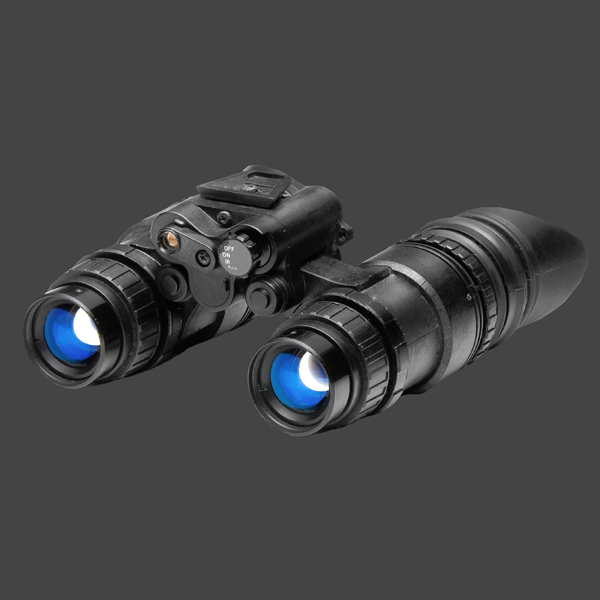
The PVS 15 has a dual tube housing that does not come apart. They can be filet open or adjusted outward. So, they’re easy to use and don’t strain the eye.
Just like PVS 15, PVS 31 can also be opened outward. A bridging connector is attached to the tubes. These tubes can be articulated, which is why it’s much more flexible than PVS 15.
Additionally, they have stop buttons on both sides of the tube that can halt the articulation and lock the position. It’s a feature that the PVS 15 doesn’t have.
Even when PVS 31, PVS 7, and PVS 14 are compared, PVS 31 will win for its design and build. Because PVS 31’s design is more user-friendly.
Magnification & Field Of View:
In terms of magnification and field of view, it’s a tie between PVS 15 and PVS 31. Unlike other binoculars, night vision binoculars are unable to magnify an image. However, it can’t be seen as a disadvantage. Because the 1x magnification gives the widest field of view.
So, for people who’re looking for binoculars with a wide FOV range, PVS 15 and PVS 31 are good choices. Both have a field of view of 40 degrees.
This is one of the reasons PVS 15 and PVS 31 are good to use in the combative field. Because more of the surroundings are visible with them.
Resolution:
Night Vision PVS 31 beats Night Vision PVS 15 in terms of resolution. PVS 15 has a resolution of 64 Ip/mm, whereas PVS 31 has a resolution of 72 Ip/mm. This means you’ll get a more clear image of your target through PVS 31.
The higher the resolution of your optic is, the better the image will be. It’s the opposite of the angular value. Resolution increases as the angular value decreases.
Although all PVS binoculars are well known for good resolution, PVS 31 beats the other choices.
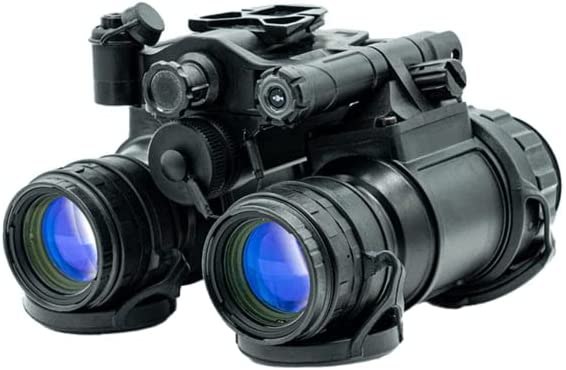
Dimension & Weight:
The PVS 15 is bigger and heavier than the PVS 31. When it comes to binoculars, the lightweight and compact the size is, the better it is for the user. The dimensions of the PVS 31 are 4.3” L x 4.3” H x 3.4” W.
Whereas the dimension of PVS 15 is 3.0 L” x 6.0 H” x 6.0 W”. so it is a lot bulkier than the PVS 31. The weight of it is around 650 g, whereas PVS 31 weighs around 425 g.
Infrared night vision binoculars are either hung with the neck or strapped with a helmet. If the piece is heavier, it will strain the neck of the user.
Another thing about PVS 31 is that when you articulate the tubes backward it feels more lightweight. So you can keep it strapped to the hat for hours without tiring your neck. As a result, PVS 31 is more user-friendly.
Battery Capacity:
The PVS 15 needs only one battery to operate, whereas PVS 31 needs four batteries.
The PVS 15 has room for only one 1.5-volt AA battery. The binoculars would last 15-16 hours with a fully charged battery. The PVS 14 fails to turn on due to battery issues sometimes.
Similar to PVS 14, PVS 15 has only one AA battery compartment. So, there are chances that it might face the same problem. PVS 31, on the other hand, requires four 1.5-volt AA batteries.
With each battery capable of holding out 16 hours, the binoculars’ total battery life is about 50 hours. So, you can take your PVS 31 for a long tour without worrying about running out of battery power. So, PVS 31 wins.
Price Range:
Generally, PVS 15 is cheaper compared to PVS 31. The PVS 31 costs around $13,000-$14,843, and the PVS 15 costs about $9,927-$13,097. PVS 31 is better at almost every aspect compared to PVS 15 and other PVS binocular and monocular series. So, even if it’s expensive, the service that it provides is worth the price.
Final Verdict: PVS 31 vs PVS 15, Which Is Better?
The winner is PVS 31. As you can see, it beats PVS 14 in almost every aspect. The design is more user-friendly, which is very important for a binocular.
It is lightweight and smaller in size compared to PVS 15. The battery life is greater and lasts for a long time. The specification of PVS 31 is also higher than PVS 15.
It has a higher resolution than PVS 15. This provides clearer images. Although it’s more expensive than PVS 15, judging by all these criteria, it isn’t overpriced either.
So, PVS 31 should be the choice to pick. However, this doesn’t mean PVS 15 is a bad choice. After all, PVS series binoculars have pretty decent specifications.
You’ll be able to enjoy clear night vision with PVS 15 as well.
Frequently Asked Questions (FAQs):
What is the difference between Gen 2 and Gen 3 binoculars?
The life expectancy of a Generation 2 binocular is around 5,000 hours. Meanwhile, the life expectancy of a generation 3 binocular is double, 10,000 hours. Gen 3 night vision binoculars have better durability and resolution. They are the best low-light night vision currently.
Can night vision binoculars be used during the day?
Yes, they can be used in day time as well. During the day, the original image will be shown without using infrared. However, the visibility won’t be very clear under bright sunlight. After all, they are designed for low-light vision.
What’s the difference between binoculars and night goggles?
Binoculars offer a large FOV and can zoom images up to 10x. Night goggles have less magnification power and can magnify up to 3-5x. Binoculars offer better views of distant objects than night goggles. Night goggles are more suitable for near objects. It’s also hard to see with them in brightness.
Conclusion
In conclusion, both the PVS-31 and PVS-15 are top-of-the-line night vision systems that offer impressive capabilities for tactical operations and other low-light scenarios. While there are some key differences between the two models in terms of design, features, and performance, both offer a high level of functionality and dependability.
When considering the choice between the two systems, it’s important to take into account factors such as price, weight, battery life, and compatibility with other accessories. The PVS-31, with its binocular design, improved situational awareness, and extended battery life may be better suited for extended missions and special operations. The PVS-15, on the other hand, offers excellent image quality, versatility, and compatibility with a wide range of accessories.
Ultimately, the choice between the PVS-31 and PVS-15 will depend on the specific needs and preferences of the user, as well as the nature of the mission or activity at hand. Whether you’re a military operator, law enforcement officer, or civilian user, both of these night vision systems offer unparalleled performance and capability and can provide you with a significant advantage in low-light or no-light situations.
Overall, it’s clear that the PVS-31 and PVS-15 are two of the best night vision systems available on the market today. With their advanced features, rugged construction, and reliable performance, they are the perfect choice for anyone who requires the very best nighttime vision technology.
So, which one would you be picking between these two amazing binoculars?
Whichever you choose, the experience will be decent, hopefully. Don’t forget to check the warranty before buying your night-vision binoculars.
Good luck!

